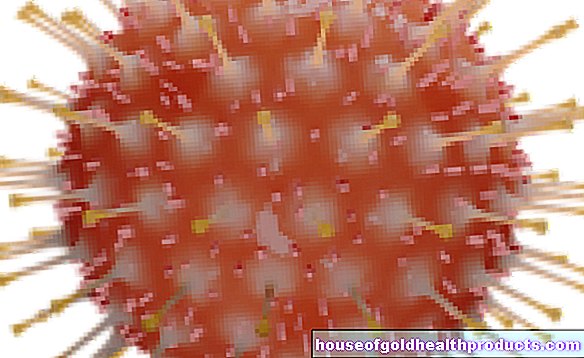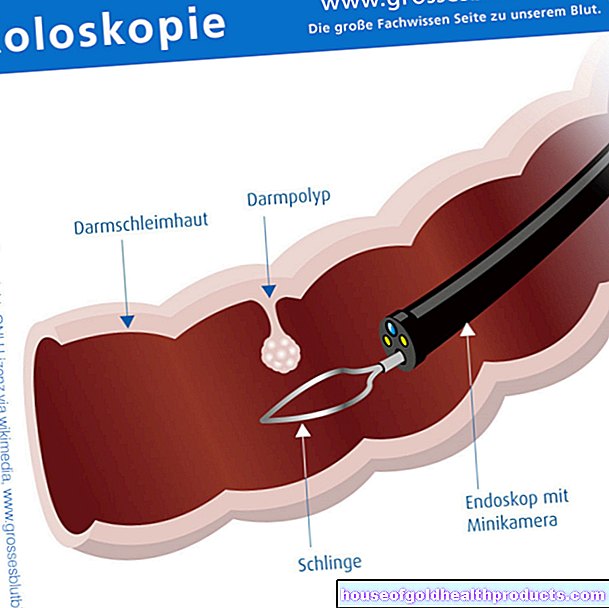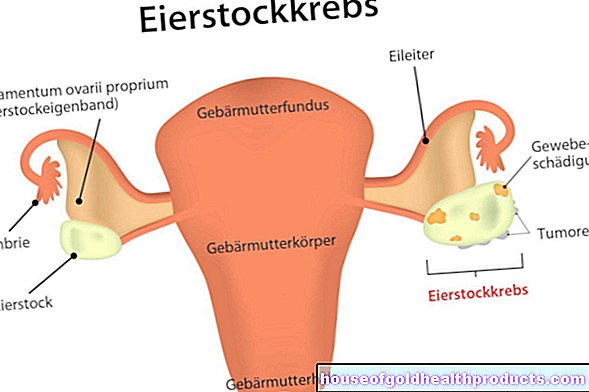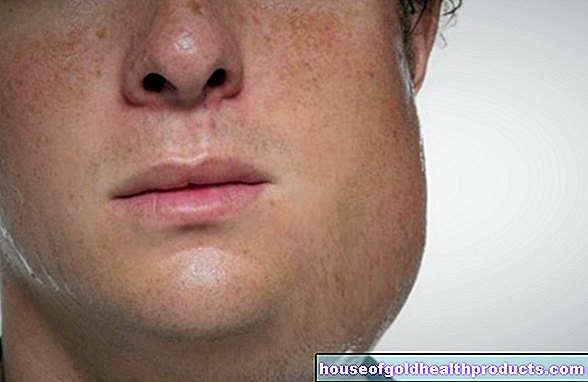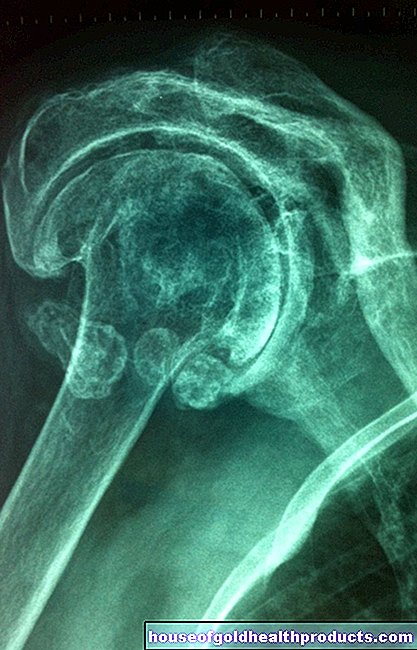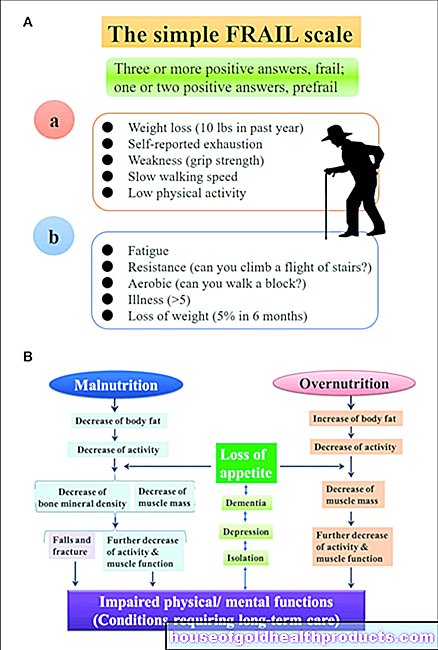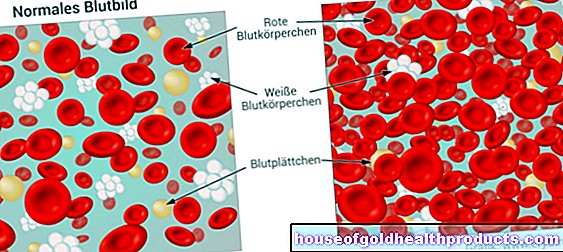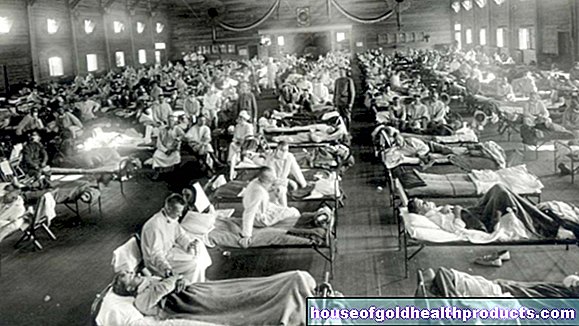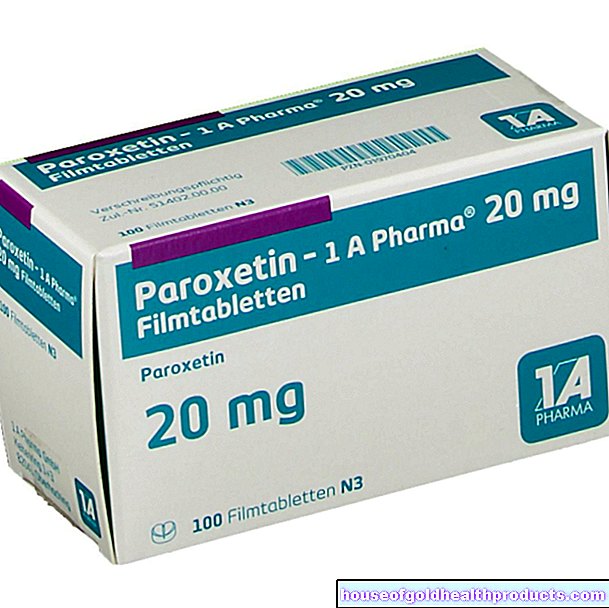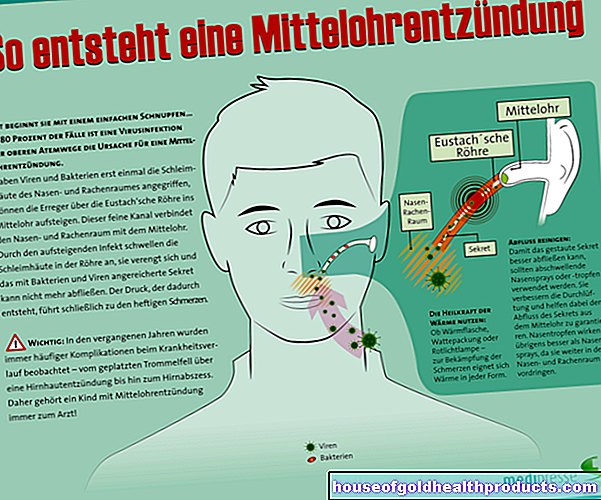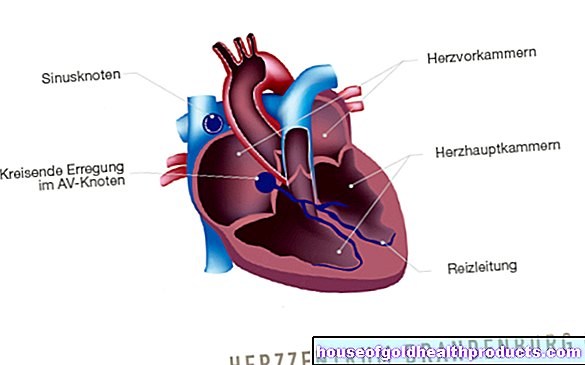Apgar score
Nicole Wendler holds a PhD in biology in the field of oncology and immunology. As a medical editor, author and proofreader, she works for various publishers, for whom she presents complex and extensive medical issues in a simple, concise and logical manner.
More about the experts All content is checked by medical journalists.The Apgar Score is the first health check-up for your baby. An obstetrician, midwife or pediatrician uses it to assess the general health of the newborn immediately after birth. The Apgar points system shows how quickly a child adapts to life outside the womb. Read here what the Apgar Score measures in detail and how the points are awarded.

What does the Apgar score assess?
The Apgar Score is a point system developed by the American anesthetist V. Apgar in 1952 to test the vitality of newborns. It includes the following parameters:
- Appearance (skin color)
- Pulse (heart rate)
- Basic tone (muscle tone)
- breathing
- Reflexes
Scoring with the Apgar Score
For each parameter, zero to a maximum of two points can be awarded. Thus, in the best case scenario, a baby can achieve a maximum Apgar score of ten points. The points are awarded according to the following criteria:
Skin color
- 0 points: pale blue skin color
- 1 point: pink body, blue extremities
- 2 points: rosy skin all over the body
Pulse
- 0 points: no heartbeat
- 1 point: less than 100 beats per minute
- 2 points: over 100 beats per minute
Muscle tone
- 0 points: flaccid muscle tone, no movements
- 1 point: light muscle tone
- 2 points: active movements
breathing
- 0 points: no breathing
- 1 point: slow or irregular breathing
- 2 points: regular breathing, vigorous screaming
Reflexes
- 0 points: no reflexes
- 1 point: low reaction (grimacing of the face)
- 2 points: good reflexes (child sneezes, coughs, screams)
When is the Apgar Score measured?
The Apgar score is determined three times. The first assessment is made one minute after the birth. Then all parameters are evaluated again after five and ten minutes. The Apgar scores after five and ten minutes are more important for the prognosis than the first value after one minute. With these values, the doctor or obstetrician can primarily assess the effect of supportive measures.
Apgar Score: How Well Is The Child?
A newborn baby with an Apgar score between eight and ten is fine (fresh child). As a rule, the newborn does not then need any support.
If the Apgar value is between five and seven, there is still no need to worry. A little oxygen or a gentle massage are usually enough to compensate for minor adjustment difficulties.
If there are fewer than five points, the newborn is in poor condition and needs help. Oxygen, a warm bed and control of the heart rate are measures that the pediatrician can prescribe in the event of a so-called adjustment disorder.
What is adjustment disorder?
If a child has difficulties adjusting to life outside the womb after birth, experts speak of an adjustment disorder (also known as a state of depression). This can be strong or weak. An adjustment disorder begins with an Apgar score of less than seven points (moderate depression) and is manifested by the following symptoms:
- delayed onset of breathing
- slow heartbeat (bradycardia)
- Pale or bluish skin or mucous membrane coloring (cyanosis)
- low muscle tone
- lack of or weak reflexes
A newborn with symptoms of adjustment disorder will receive gentle stimulation after initial care. The measures depend on how severe the adjustment disorder is. If the adjustment disorder is weak, it is usually sufficient to give the child a little oxygen. It may have to be administered through a breathing mask.
If the Apgar score is very low - more precisely: below three points - it is a severe adjustment disorder (severe depression). Then a cardiovascular failure can usually be determined, breathing is reduced or completely absent. In addition, the pulse rate is weak or absent, and the central nervous system is impaired. Doctors then speak of newborn asphyxia. This situation can occur immediately after the birth, but also after ten minutes (secondary asphyxia). The affected children must be given emergency medical care immediately and, if necessary, resuscitated.
Few newborns (around five percent) have serious problems transitioning after birth. A prediction of the child's later development is not possible using the Apgar score. Ultimately, the value helps determine the baby's viability immediately after birth and to verify the effectiveness of supportive measures.
New combined Apgar score
German doctors from Dresden suggest adding a new 7-point test to the old Apgar score (“Combined Apgar”). The extension then results in a total of 17 points. The combined Apgar score is intended to better reflect the current status of neonatology. In particular, it should enable better informational value for premature babies who relatively often need medical help immediately after birth, such as the administration of oxygen or chest compressions. Poland and Portugal have already included the combined Apgar score in their national recommendations.
Tags: unfulfilled wish to have children menshealth sex partnership



